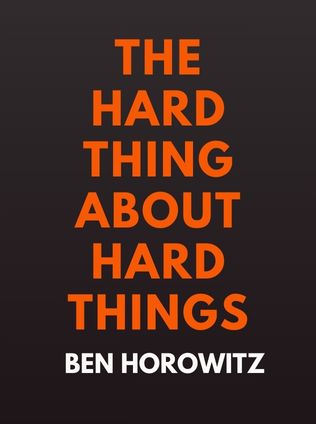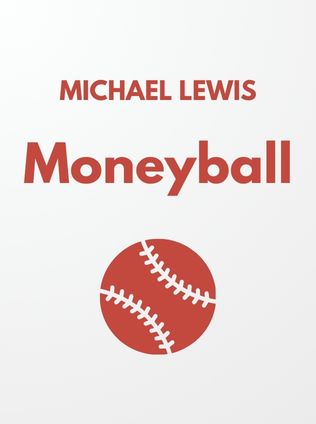
The HR Scorecard
Linking People, Strategy, and Performance
By Brian Becker,
Published 03/2001
About the Authors
Brian E. Becker is a Professor and Department Chair of Organizations and Human Resources at the State University of New York at Buffalo. With a career dedicated to exploring the strategic role of human resources in organizational success, Becker has co-authored numerous influential works in the field. His research focuses on the alignment of HR practices with business strategies to enhance organizational performance.
Mark A. Huselid is an Associate Professor of Human Resource Strategy at Rutgers University. His expertise lies in developing and implementing HR strategies that align with organizational goals. Huselid has extensively researched the impact of HR practices on firm performance and has contributed to the advancement of strategic HR management.
Dave Ulrich is a Professor at the University of Michigan School of Business and a best-selling author known for his work in HR transformation. Ulrich has authored several seminal books on HR management, including "Human Resource Champions" and "Results-Based Leadership." His work has been instrumental in shaping contemporary HR practices and highlighting the strategic importance of human resources.
Main Idea
"The HR Scorecard: Linking People, Strategy, and Performance" presents a revolutionary approach to demonstrating the strategic value of human resources in organizations. The authors argue that traditional HR metrics fail to capture the true impact of HR functions on business success. Instead, they propose an HR Scorecard that aligns HR practices with business strategy and measures HR's contribution to organizational performance through a seven-step model. This model emphasizes the creation of HR deliverables that support corporate strategy, the alignment of HR architecture with these deliverables, and the development of a strategic HR measurement system.
Table of Contents
- HR as a Strategic Partner
- Implementing HR's Strategic Role: A Seven-Step Model
- Creating the HR Scorecard
- Cost-Benefit Analyses for HR Interventions
- Competencies for HR Professionals
- Implementing the HR Scorecard
HR as a Strategic Partner
The traditional view of HR as a cost center is outdated. HR can and should be a strategic partner that helps drive organizational success. The authors illustrate this with the example of Sears, which in the early 1990s faced significant challenges. Sears' management realized that for the company to be a compelling place for investors, it first had to be a compelling place to work and shop. By developing objective measures and competencies, Sears was able to link employee attitude improvements directly to customer satisfaction and revenue growth.
"For Sears to be a compelling company for investors, it had to be a compelling place to shop; for it to become a compelling place to shop, it had to become a compelling place to work." - Becker, Huselid, Ulrich
HR Deliverables
To become a strategic partner, HR must identify and measure deliverables that support corporate strategy. These deliverables are the specific outcomes HR must achieve to contribute to the company's success. At Sears, the key deliverable was making the company a compelling place to work, which involved creating systems for recruiting, training, performance, and compensation that aligned with this goal.
The HR Architecture as a Strategic Asset
HR's architecture consists of three dimensions: the HR function (the competencies of HR professionals), the HR system (the policies and practices), and employee behaviors. The most effective model for maximizing HR's strategic influence is the High-Performance Work System (HPWS), where each element is designed to enhance the overall quality of human capital.
- HR Function: HR professionals with strategic competencies
- HR System: High-performance, strategically aligned policies and practices
- Employee Behaviors: Strategically focused competencies, motivations, and behaviors
Implementing HR's Strategic Role: A Seven-Step Model
The book outlines a seven-step model to transform HR into a strategic asset:
Sign up for FREE and get access to 1,400+ books summaries.
You May Also Like
The Lean Startup
How Today's Entrepreneurs Use Continuous Innovation to Create Radically Successful Businesses
By Eric RiesWho Moved My Cheese?
An Amazing Way to Deal with Change in Your Work and in Your Life
By Spencer Johnson, M.D.Make Your Bed
Little Things That Can Change Your Life...And Maybe the World
By William H. McRavenThe Ride of a Lifetime
Lessons Learned from 15 Years as CEO of the Walt Disney Company
By Robert IgerThe Hard Thing About Hard Things
Building a Business When There Are No Easy Answers
By Ben Horowitz



















